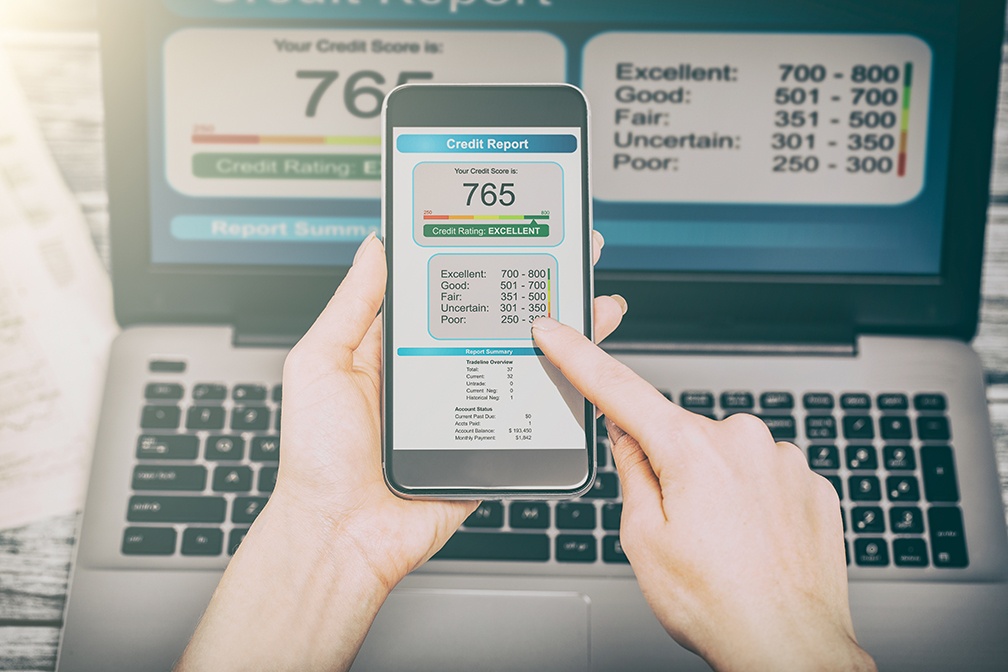Understanding the Principal Limit on a Reverse Mortgage and What Happens if You Reach It
 If you’re considering applying for a reverse mortgage, you’ll want to ensure you understand certain critical factors. One such factor is the principal limit. The principal limit will have a strong influence on your finances, which is why you’ll need to ensure you know – before applying for your reverse mortgage – what your principal limit is.
If you’re considering applying for a reverse mortgage, you’ll want to ensure you understand certain critical factors. One such factor is the principal limit. The principal limit will have a strong influence on your finances, which is why you’ll need to ensure you know – before applying for your reverse mortgage – what your principal limit is.
So how does a principal limit work, and how can you find out what yours is? Here’s what you need to know.
Principal Limit: The Maximum Amount You Can Borrow
Simply put, the principal limit is the maximum amount of money that you can borrow using a reverse mortgage. This maximum amount does not change if you pay off your reverse mortgage and then apply for a second one – rather, it’s a lifetime maximum that is calculated per-borrower. The principal limit is nationally legislated through the Federal Department of Housing and Urban Development.
Calculating Your Principal Limit Factor
Calculating your principal limit factor is fairly simple. The Department of Housing and Urban Development maintains a chart that shows you what your principal limit factor is. To look up your principal limit factor, all you need are your expected rate and the age of the youngest spouse in the home.
The principal limit factor is useful in determining what kind of a loan you can get. The size of the loan you can expect to receive is equal to your home’s value multiplied by the principal limit factor.
For example, a 72-year-old who owns a $300,000 home with a 10-year interest rate of 3% and a lender margin of 3% has a 6% “effective rate”. According to the table, a 72-year-old with a 6% effective rate will have a principal limit factor of 46.7%. That means the most this borrower can receive through a reverse mortgage is $140,100 – which is 46.7% of $300,000.
What Happens If You Reach The Principal Limit?
If you reach your principal limit, you will have exhausted all of the money available to you through a reverse mortgage – you will have used up all of your equity. A reverse mortgage is a non-recourse loan, which means your lender cannot pursue you or your heirs to recoup their money. In the event that you choose to sell the property, all of the proceeds will go to the reverse mortgage issuer – none of it goes to the homeowner.
A reverse mortgage can be an effective financial tool, but if you use up all of your equity, it may paint you into a financial corner. An experienced mortgage advisor can help you to determine if a reverse mortgage is an appropriate financing option for you. Contact your trusted mortgage professional today to learn more.

 The vast majority of people have to take out a home loan to purchase a house. This means applying for a mortgage. Unfortunately, shopping for a mortgage can actually hurt your credit score. Any potential lender will probably have to do a hard pull on your credit. This could temporarily reduce your credit score by a few points. Those few points could make the difference between qualifying for a mortgage and getting denied one. Fortunately, there are ways for you to shop for a mortgage without hurting your credit.
The vast majority of people have to take out a home loan to purchase a house. This means applying for a mortgage. Unfortunately, shopping for a mortgage can actually hurt your credit score. Any potential lender will probably have to do a hard pull on your credit. This could temporarily reduce your credit score by a few points. Those few points could make the difference between qualifying for a mortgage and getting denied one. Fortunately, there are ways for you to shop for a mortgage without hurting your credit. If you take a look at your mortgage options, you might find an option for a 40-year mortgage. Now, most lenders do not offer this as an option, but if you find yourself struggling to keep up with your mortgage payments, the lender may offer to restructure your loan into a 40-year term. Is this a smart move, and what do you need to know about this choice?
If you take a look at your mortgage options, you might find an option for a 40-year mortgage. Now, most lenders do not offer this as an option, but if you find yourself struggling to keep up with your mortgage payments, the lender may offer to restructure your loan into a 40-year term. Is this a smart move, and what do you need to know about this choice?